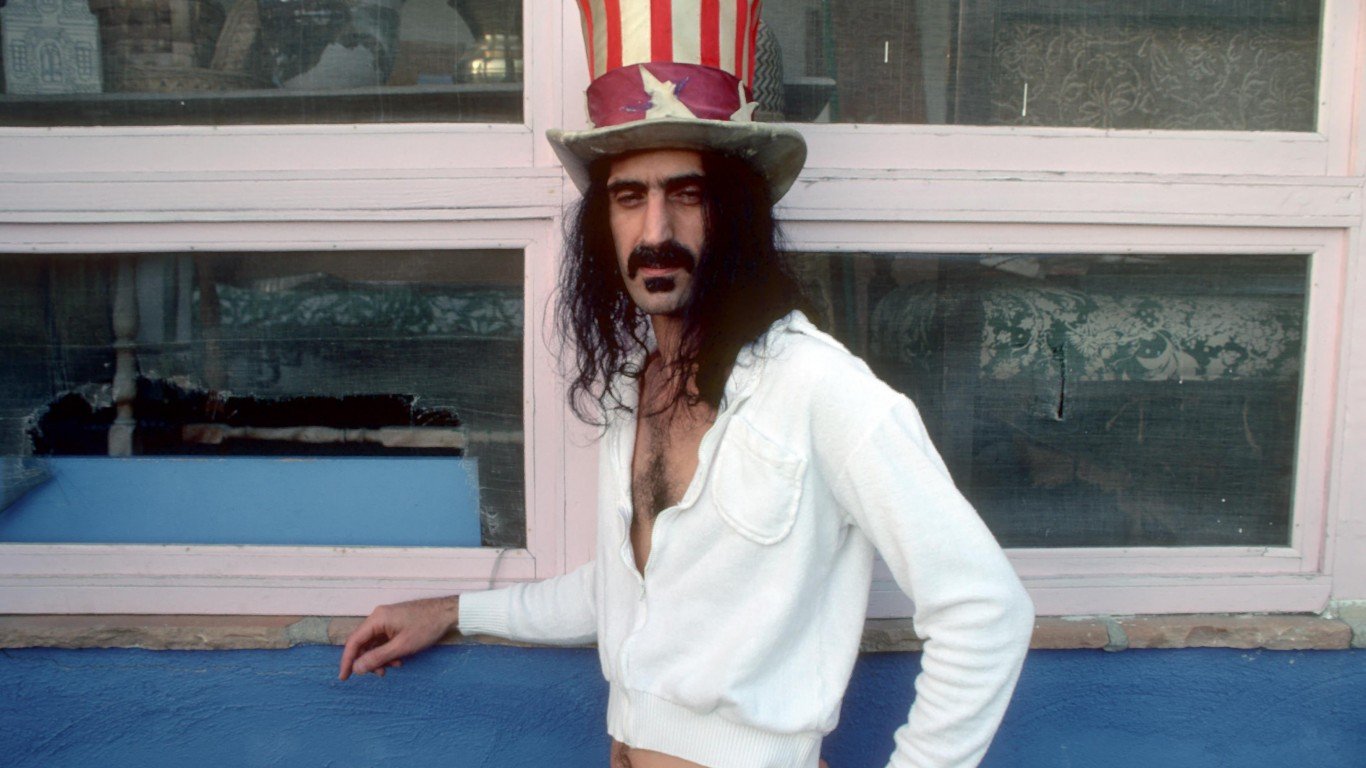 As a media man, Rush Limbaugh is a veritable Midas. He has at least five easily discernable revenue streams. In all, Limbaugh likely brings in close to $60 million each year. It’s a good thing the man lives in Florida where taxes are favorable. Limbaugh will likely earn more than $1 billion from 2000 to 2016. Get a look at where the dollars come from after the jump.
As a media man, Rush Limbaugh is a veritable Midas. He has at least five easily discernable revenue streams. In all, Limbaugh likely brings in close to $60 million each year. It’s a good thing the man lives in Florida where taxes are favorable. Limbaugh will likely earn more than $1 billion from 2000 to 2016. Get a look at where the dollars come from after the jump.
Limbaugh’s big breadwinner is “The Rush Limbaugh Show”. From 2000 through the year Limbaugh’s contract with Clear Channel’s Primere Radio Networks paid $285 million. In 2008 he entered into a new contract, this one paying him $400 million over an eight-year period. That amounts to $50 million dollars a year, or about $136,986 a day. Limbaugh’s is the biggest contract the radio business has seen since Howard Stern’s $500 million contract with Sirius Satellite Radio. It’s pretty fair if you consider that Limbaugh’s weekly audience of 20 million represents a bit shy of 10% of overall radio listeners.
[youtube=http://www.youtube.com/watch?v=Fg9e6xU4-jE&w=400]
Former President George W. Bush (and father and Jeb Bush) congratulating Limbaugh on his 20th radio anniversary in August of 2008.
For those that don’t get enough Limbaugh on the radio, visitors to his site can become members of Rush 24/7. Members get to listen to recorded broadcasts on the show whenever they like, and they pay for the privilege. Membership cost $6.95 per month. Assuming that 5% of visitors to Limbaugh’s website become members (maybe a conservative estimate given the loyalty of his following) this program pulls in around $417,000 per month, and a little over $5 million per year. Given all the members get is a free t-shirt and a screen saver, its safe to say that Limbaugh & Co keep most of that money.
[youtube=http://www.youtube.com/watch?v=83PWx7Fu3vU]
Thankful dad calling Limbaugh on Rush 24/7 about shaping his West-Point aspiring son in December of 2009.
Limbaugh put out two best-selling books in the early 90’s. In The Way Things Ought To Be, Limbaugh put down his thoughts on just about any subject he felt like, and over 2 million people wanted to read it. As a big- name author, Limbaugh might have kept around a third of the cover price. At that rate he brought in about $9.6 million. His second book, See I Told You So, sold 2.5 million copies. Assuming the same rate, Limbaugh brought in about $11.6 million from the books. Overall, Limbaugh’s foray into the literary world added over $20 million to his bank account.
[youtube=http://www.youtube.com/watch?v=jc2ufWRuXBs]
Limbaugh in 1996 talking about his book “The Way Things Ought to Be” which was taken away from a 4th grader at a school in Bedford, VA because of a chapter about condoms.
Picking up on his success in authoring books, Limbaugh puts out a monthly letter. The letter is devoted to political commentary, and covers just about whatever is getting his goat in a given month. A subscription costs $34.95 a year. Based on the information we can find, the letter has 135,631 subscribers. That puts revenue from the newsletter at a little over $4.7 million. Given the number of subscribers postage for the year costs no more than $100,000. Even after paying and artist and editor this business conservatively keeps $4 million a year. Not bad for a little stream of consciousness.
[youtube=http://www.youtube.com/watch?v=k7ifjgObAkU]
Parody song and art about Rush Limbaugh by TurnWrightGallery.com.
RushLimbaugh.com gets roughly 1.2 million page views per month. Based on the ads that Limbaugh runs on the site, we estimate the site brings in about $500 in advertising revenue each day. That amounts to $182,500. It’s impossible to know what it costs to operate the site.
Screenshot of RushLimbaugh.com’s home page December 6, 2009.
If the site take two people to run, Rush might bring in about $100,000 a year from the its operation.
Garrett W. McIntyre
Essential Tips for Investing: Sponsored
A financial advisor can help you understand the advantages and disadvantages of investment properties. Finding a qualified financial advisor doesn’t have to be hard. SmartAsset’s free tool matches you with up to three financial advisors who serve your area, and you can interview your advisor matches at no cost to decide which one is right for you. If you’re ready to find an advisor who can help you achieve your financial goals, get started now.
Investing in real estate can diversify your portfolio. But expanding your horizons may add additional costs. If you’re an investor looking to minimize expenses, consider checking out online brokerages. They often offer low investment fees, helping you maximize your profit.
Thank you for reading! Have some feedback for us?
Contact the 24/7 Wall St. editorial team.




